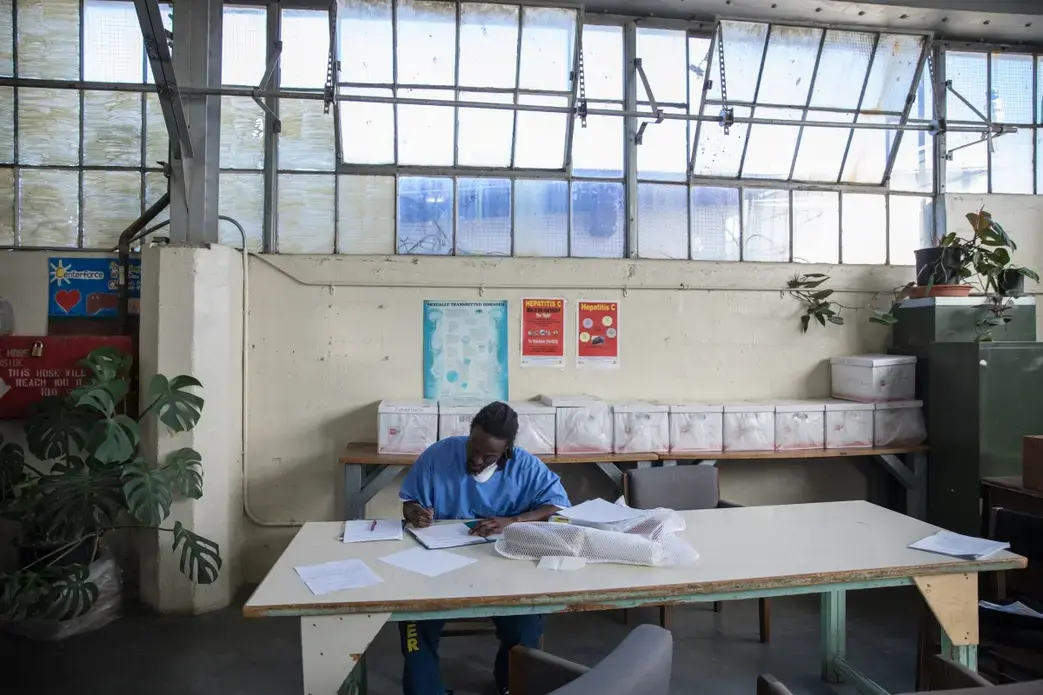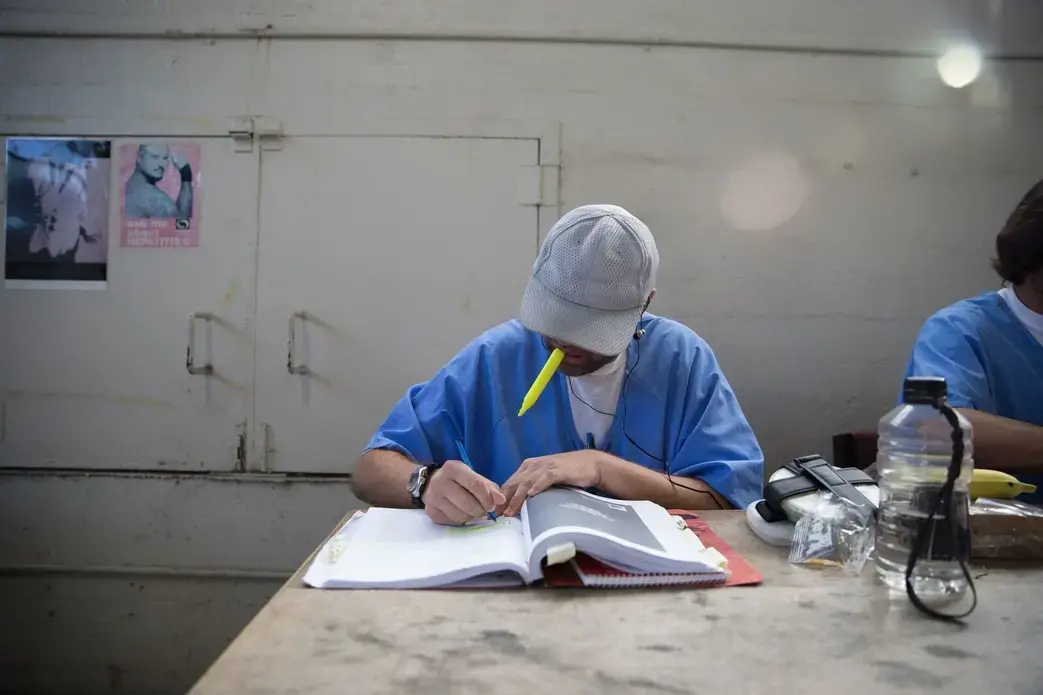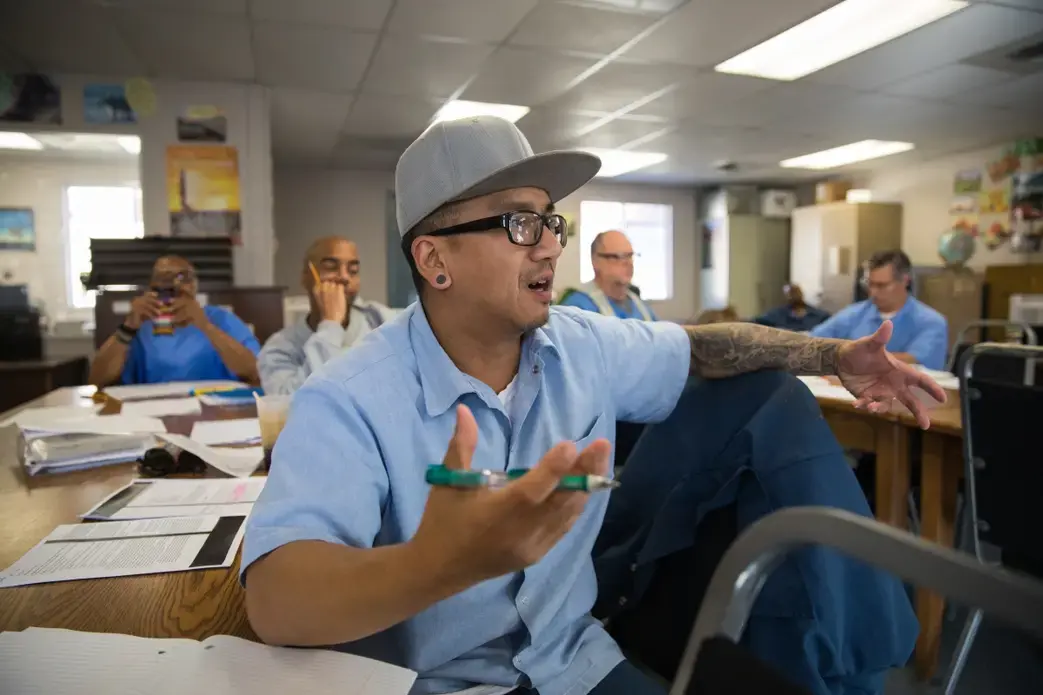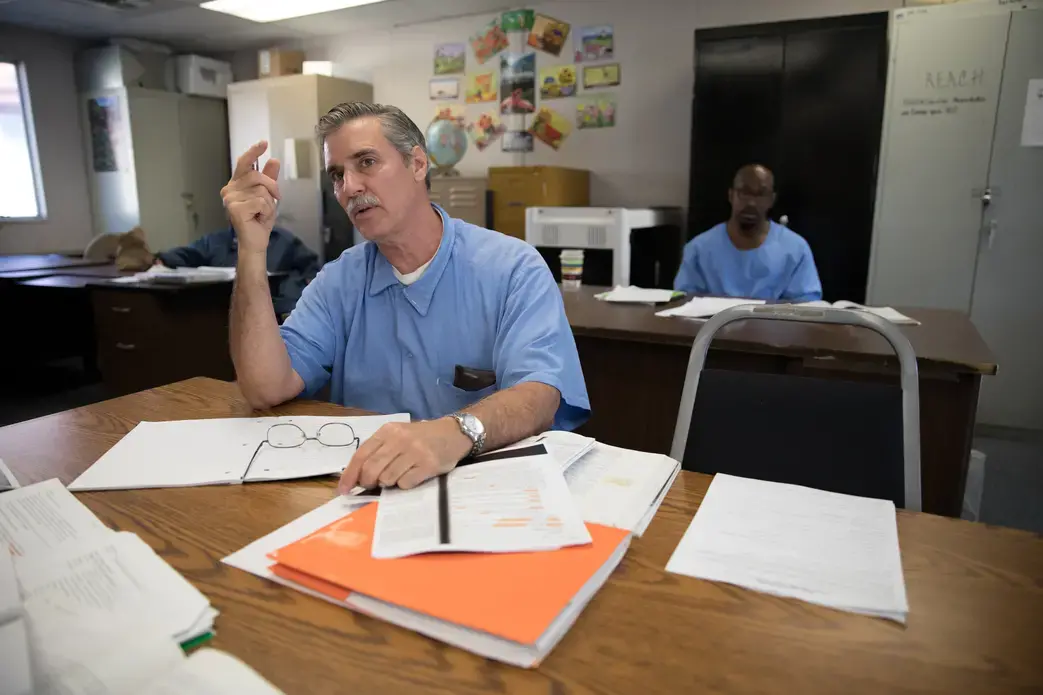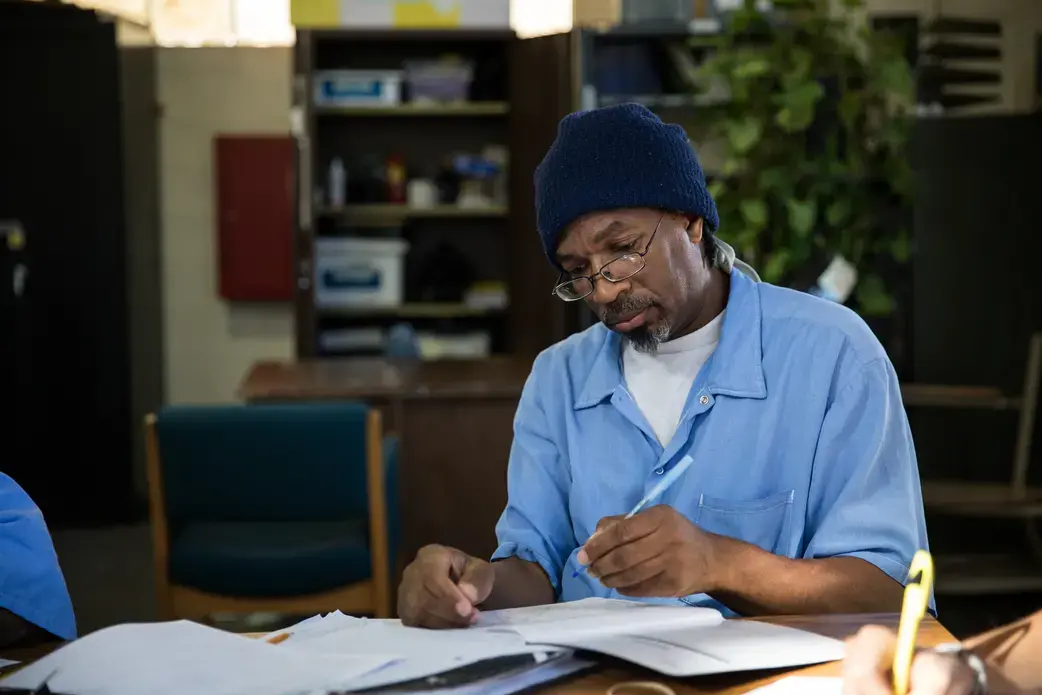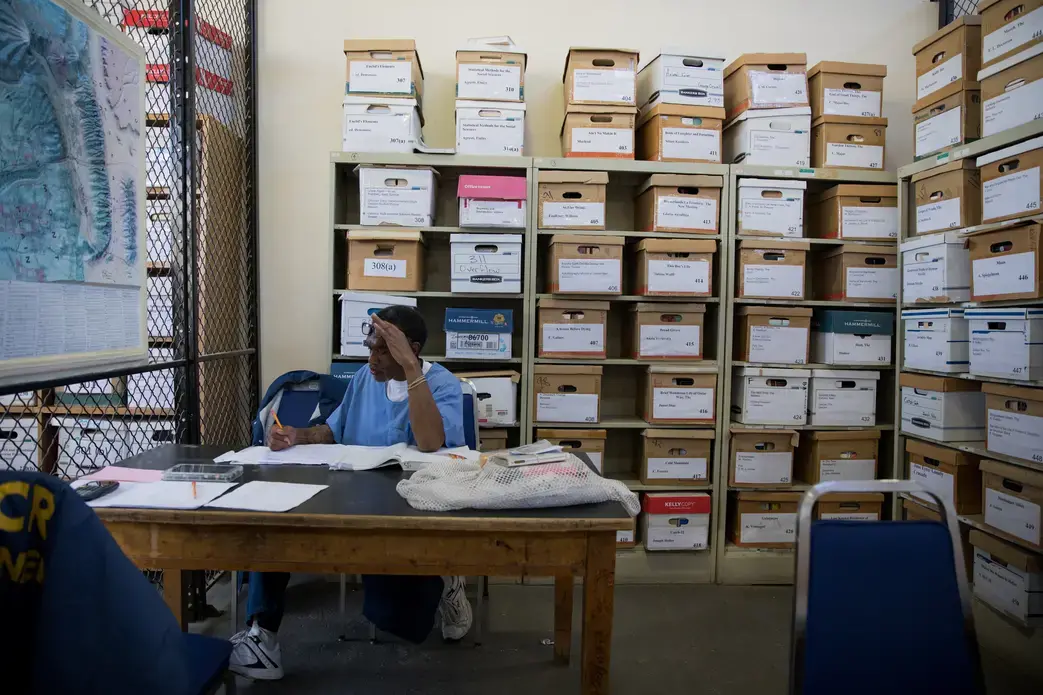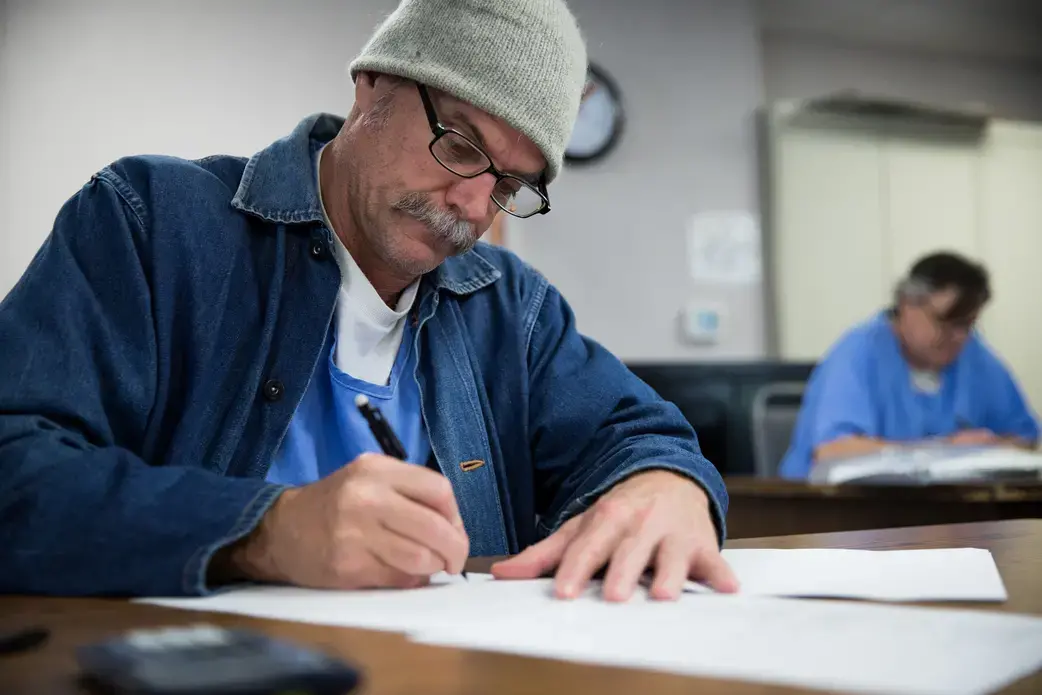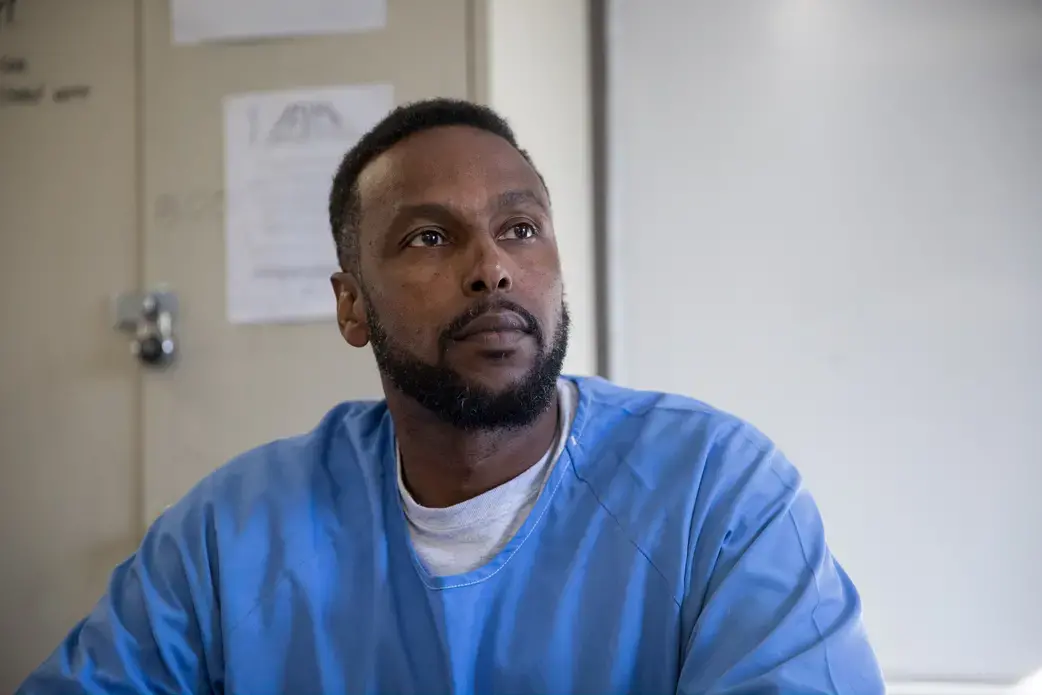
Pulitzer Center grantee Pete Brook was awarded the Howard Chapnick Grant for his Pulitzer Center supported project, "A History of Prison Photography, Written by Prisoners."
The $5,000 grant is awarded to an individual for their leadership in any field ancillary to photojournalism, such as picture editing, research, education, and management.
The project focuses on Brook’s time as a guest instructor in the Prison University Project (PUP), the largest prison college education program in the country at San Quentin State Prison, California, for a period of 15 weeks. The course was designed to identify, nurture, and edit incarcerated students’ responses to images.
Pete Brook is a writer, curator, and educator focused on prisons, photos, and power. Primarily, his interest is in the United States’ prison industrial complex and issues of visibility, propaganda, politicisation, and agency. In 2008, he founded the website Prison Photography to log his research and writing. Pete’s work has been featured by The British Journal of Photography, NY Times, LA Times, Philadelphia Inquirer and ACLU.
The W.Eugene Smith Memorial Fund presented the award and posted a video of Brook explaining the motives, goals, and future outcomes of his "History of Photo" course:
Below is Brook's award acceptance speech, which is also posted on his website:
There are 28 men 3,000 miles away in California who can’t be here tonight. I wish to acknowledge them. It is only because of their thirst for knowledge, their generosity, and the kind welcome they have extended to me to join them in their classroom that I’m here tonight. My work is indebted to their work.
Tomorrow, I’m speaking to New York high schoolers about our class in San Quentin Prison, and last Monday I asked my incarcerated students what they wanted to say to New York teenagers. They instructed me to begin with this statistic: cumulatively, the 28 men have served 501 years. They will serve many more, and a good number of them will never get out.
If you could meet my students you would be as baffled as I with this figure. They’re committed to improving one another as a group and fiercely curious about the world. They’re accountable, changed and wish to foment change wherever hearts and eyes are open enough.
On behalf of them, I would like to thank the board of the Smith Fund, and the jurors of the Howard Chapnick Grant specifically, for helping us add to the urgent conversation about mass incarceration in the United States.
Howard Chapnick once wrote, “Getting close to the action with the camera does not automatically produce great pictures. Developing a relationship with subjects and an understanding of their lives is perhaps more important than the distance from which you photograph. In order to show what life is like for people in prison, for example, the photojournalist has to know and feel what it’s like to have one’s freedom curtailed and be confined to one room with bars. The photojournalist can only find out by gaining the confidence of the prisoner or prisoners, by drawing out the prisoners thoughts, by getting ‘close’.”
I think the same can be said of writers, teachers, curators and editors who all understand the role that photography has in changing the debate and changing society.
These prisons in the land of the free are ours. Prisons failings and abuses are ours. Let us see them.
I want to personal thank my students: Joshua, CJ, Mesro, Troy, Randy, Greg, Shawn, Andrew, Eddie, Caine, Jerry, Gene, Matt, Lawrence, Ray Jr., Lennie, Vah, L.A., Mark, Achilles, Wakil, D, Michael, Sal and Antwan. I’m proud to call them collaborators.
In summarizing his thoughts about prisoners, Howard Chapnick said, “Getting close is not easy, but it is worth the effort.”
Thank you.
All images were taken in 2016 before Brook's time at San Quentin by RJ Lozada, courtesy of the Prison University Project.

